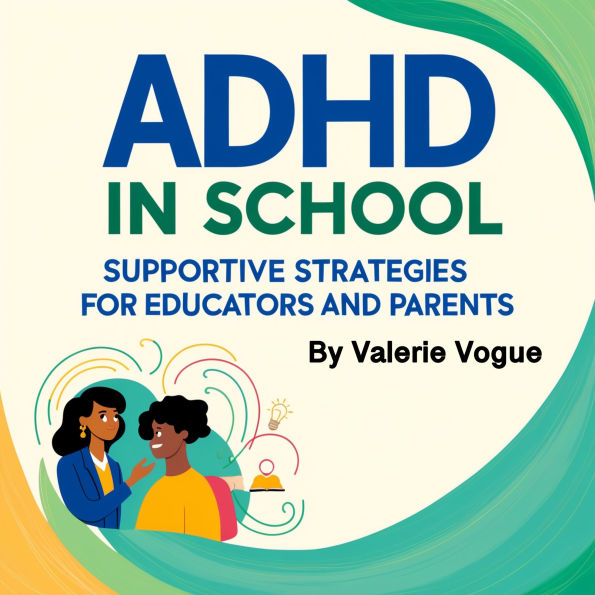Attention Deficit Hyperactivity Disorder (ADHD) is one of the most commonly diagnosed neurodevelopmental disorders in children. It affects approximately 5-10% of school-aged children worldwide and can significantly impact their academic performance and social interactions. ADHD is characterized by symptoms of inattention, hyperactivity, and impulsivity, which can vary greatly in their severity and presentation from one child to another.
In the classroom setting, ADHD can present a variety of challenges for both students and educators. Children with ADHD often struggle to stay focused on tasks, follow instructions, and maintain organizational systems. Their difficulty with impulse control can lead to frequent interruptions, inappropriate behaviors, and challenges in completing assignments. These behaviors are often misinterpreted as laziness, defiance, or a lack of intelligence, leading to frustration and misunderstanding for both the student and teacher.
It is important to understand that ADHD is not caused by a lack of discipline or effort. It is a neurobiological condition that affects the brain's ability to regulate attention, behavior, and emotions. Students with ADHD may have difficulty with executive functioning, which includes skills like planning, organization, time management, and self-regulation. These challenges can make traditional classroom settings particularly difficult, as many educational systems rely on structure, rigid schedules, and the ability to remain focused for extended periods.
Attention Deficit Hyperactivity Disorder (ADHD) is one of the most commonly diagnosed neurodevelopmental disorders in children. It affects approximately 5-10% of school-aged children worldwide and can significantly impact their academic performance and social interactions. ADHD is characterized by symptoms of inattention, hyperactivity, and impulsivity, which can vary greatly in their severity and presentation from one child to another.
In the classroom setting, ADHD can present a variety of challenges for both students and educators. Children with ADHD often struggle to stay focused on tasks, follow instructions, and maintain organizational systems. Their difficulty with impulse control can lead to frequent interruptions, inappropriate behaviors, and challenges in completing assignments. These behaviors are often misinterpreted as laziness, defiance, or a lack of intelligence, leading to frustration and misunderstanding for both the student and teacher.
It is important to understand that ADHD is not caused by a lack of discipline or effort. It is a neurobiological condition that affects the brain's ability to regulate attention, behavior, and emotions. Students with ADHD may have difficulty with executive functioning, which includes skills like planning, organization, time management, and self-regulation. These challenges can make traditional classroom settings particularly difficult, as many educational systems rely on structure, rigid schedules, and the ability to remain focused for extended periods.

ADHD in School: Supportive Strategies for Educators and Parents

ADHD in School: Supportive Strategies for Educators and Parents
FREE
with a B&N Audiobooks Subscription

Product Details
| BN ID: | 2940194778096 |
|---|---|
| Publisher: | Saaa Pub LLC |
| Publication date: | 01/08/2025 |
| Edition description: | Unabridged |
Videos

